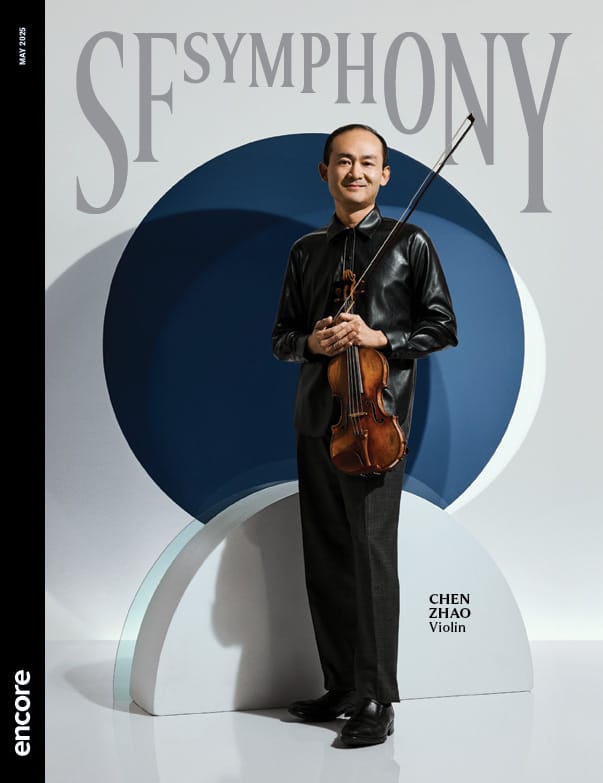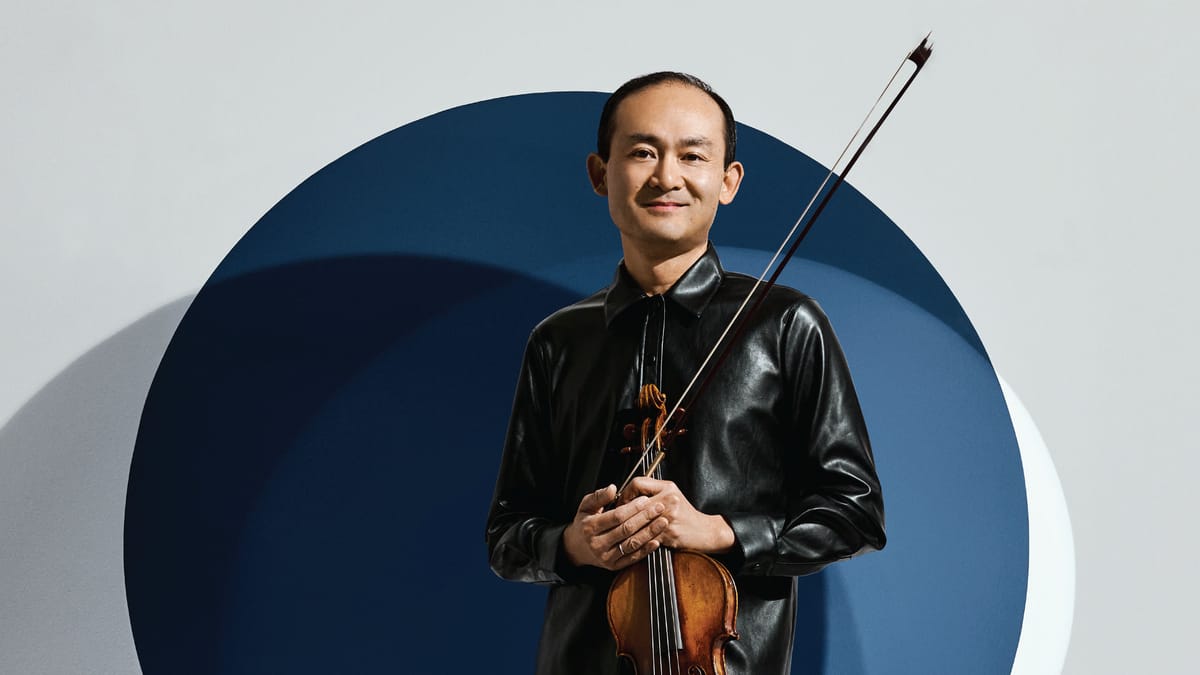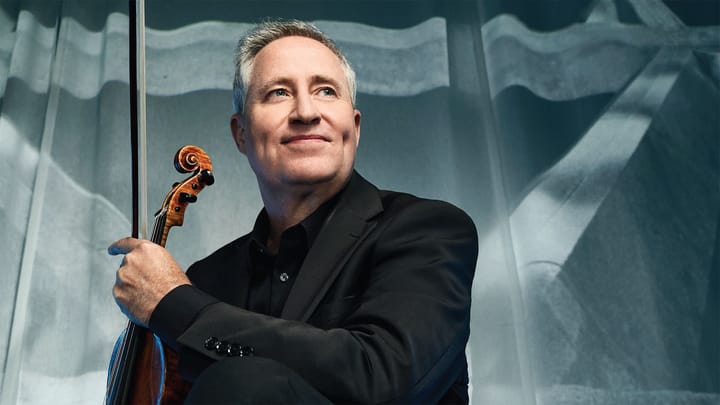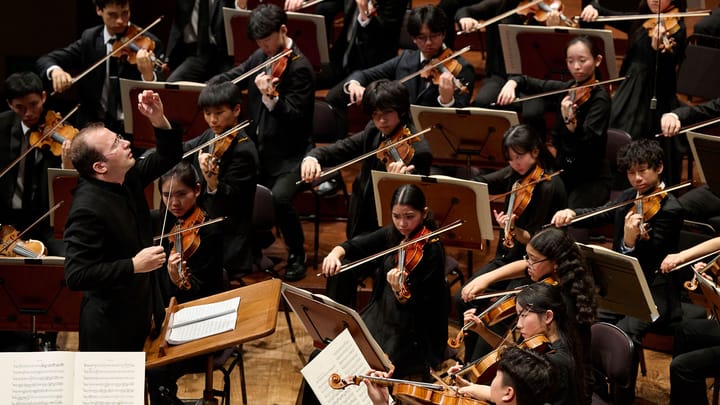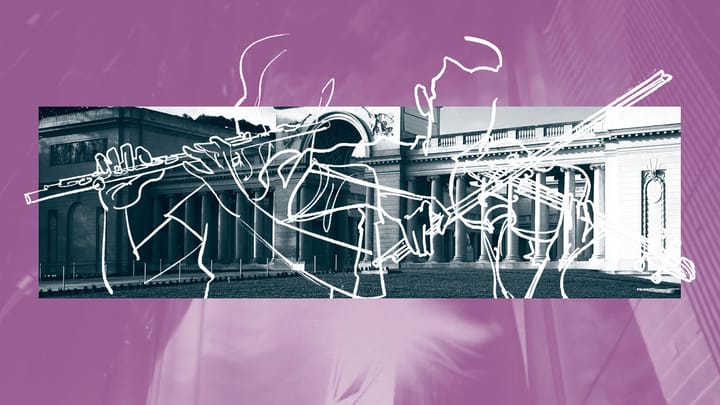In This Program
- Welcome
- Johannes Moser’s Playbook
- The Art of Composing: Anna Thorvaldsdottir
- Four Questions for… Pianist Tony Siqi Yun
- Community Connections
- Meet the Musicians
- Print Edition
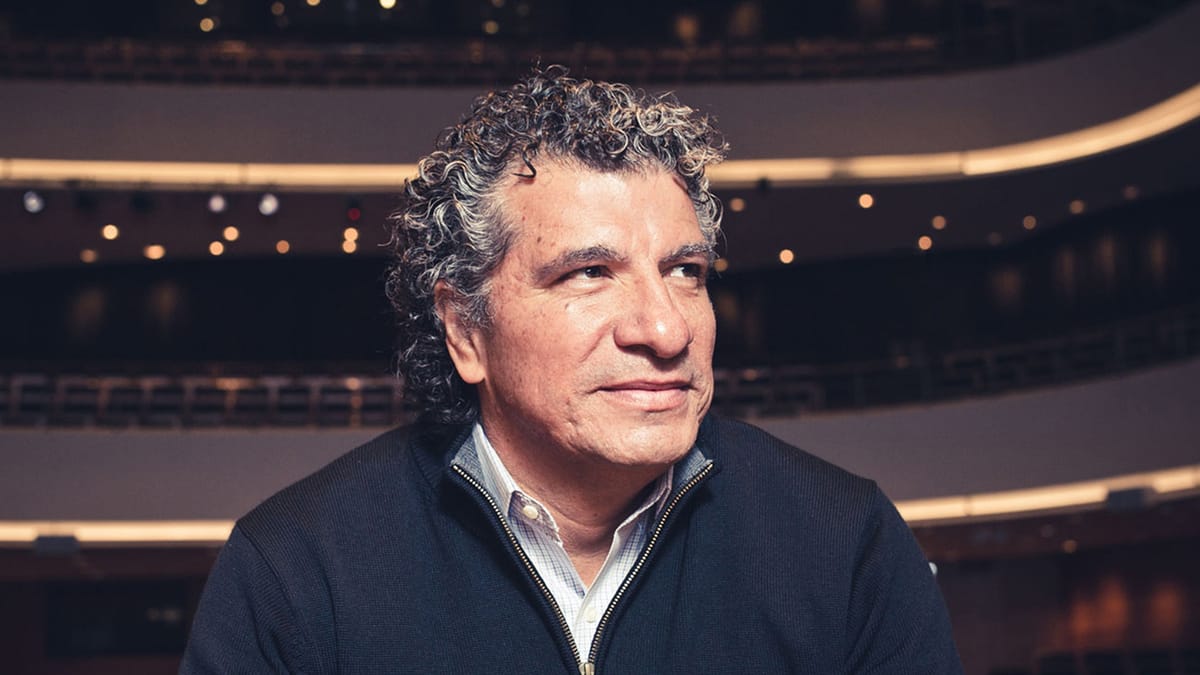
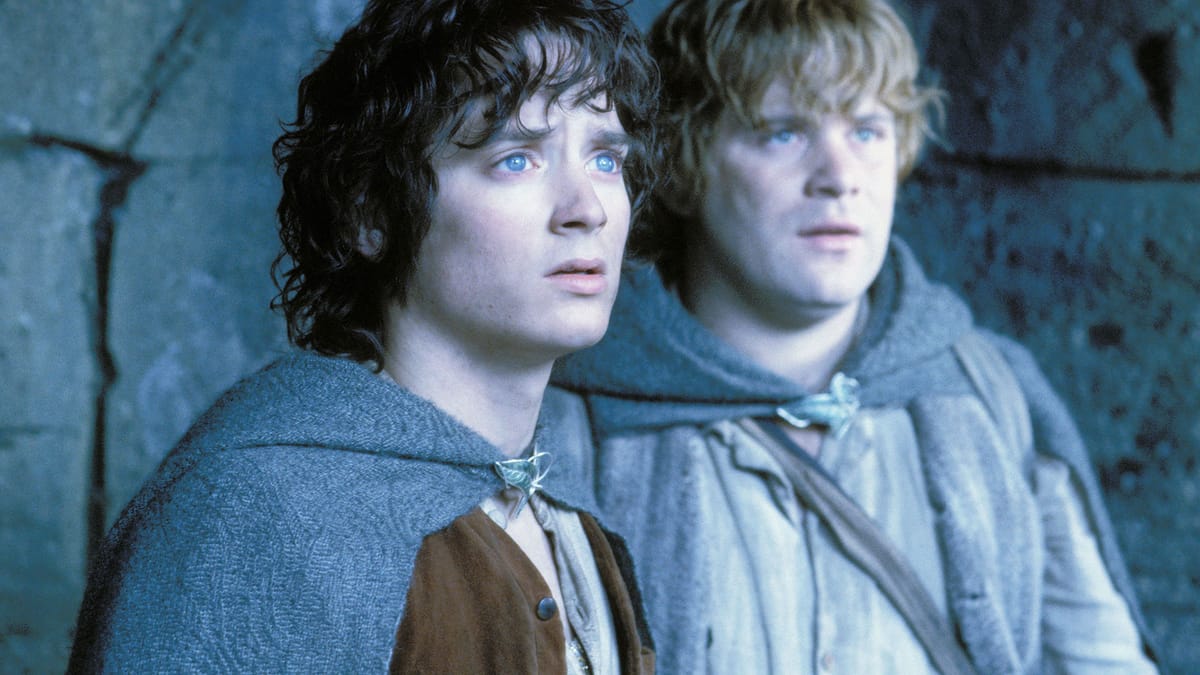
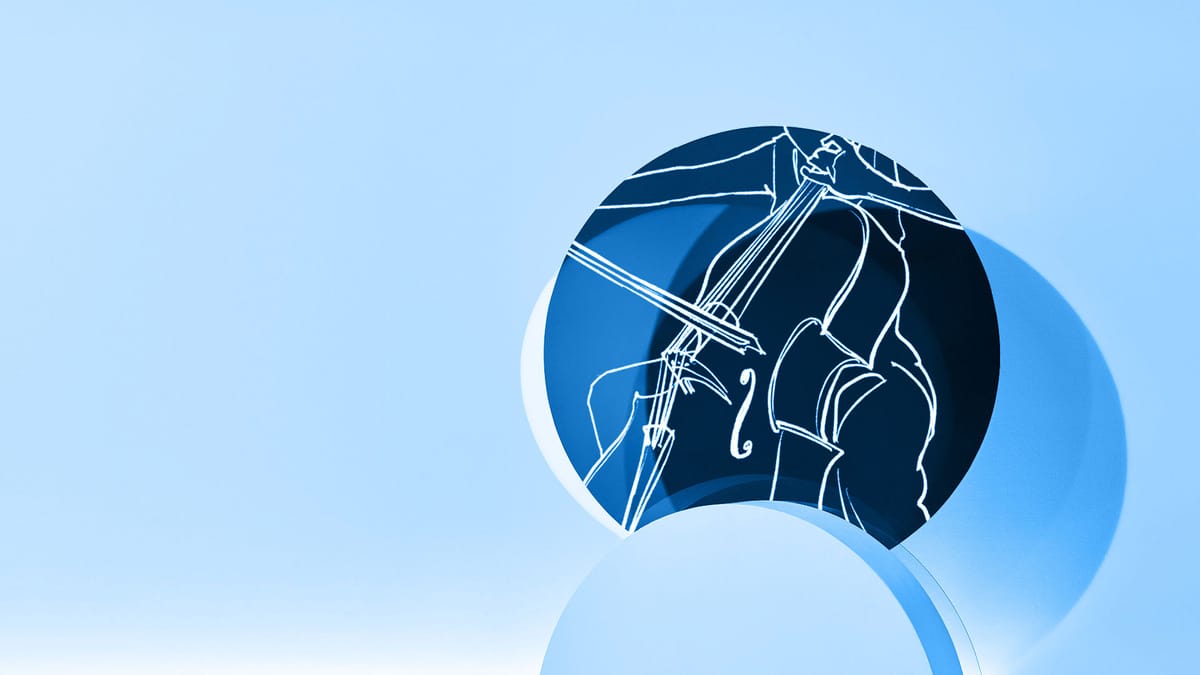
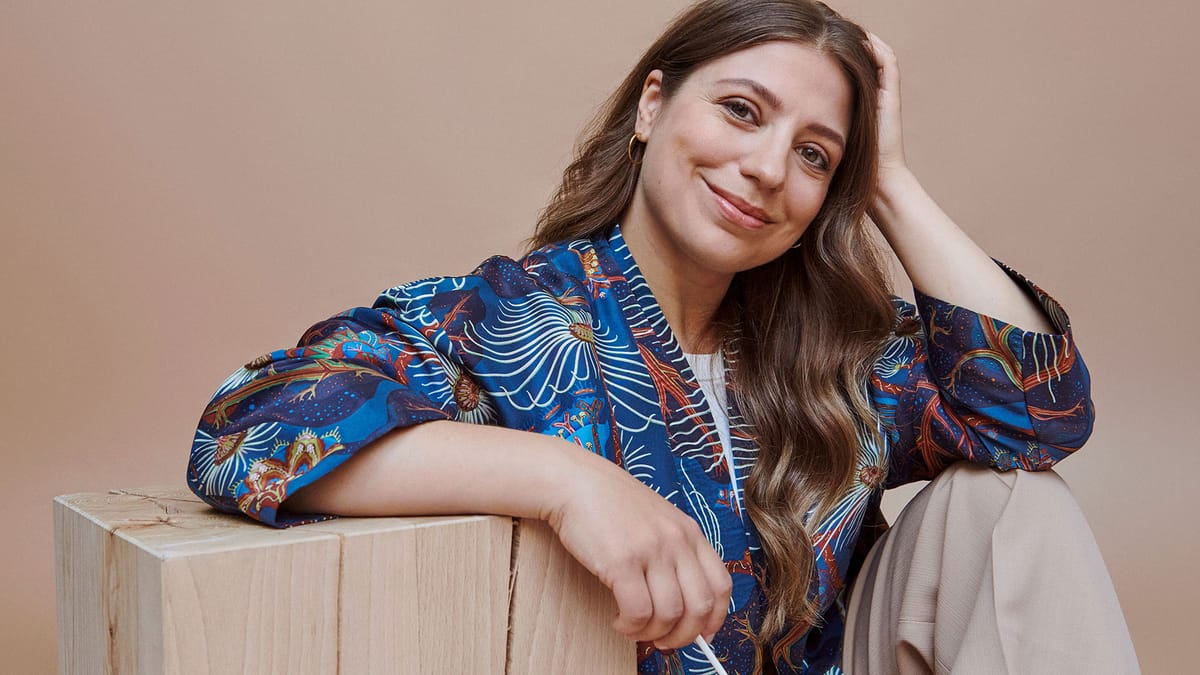
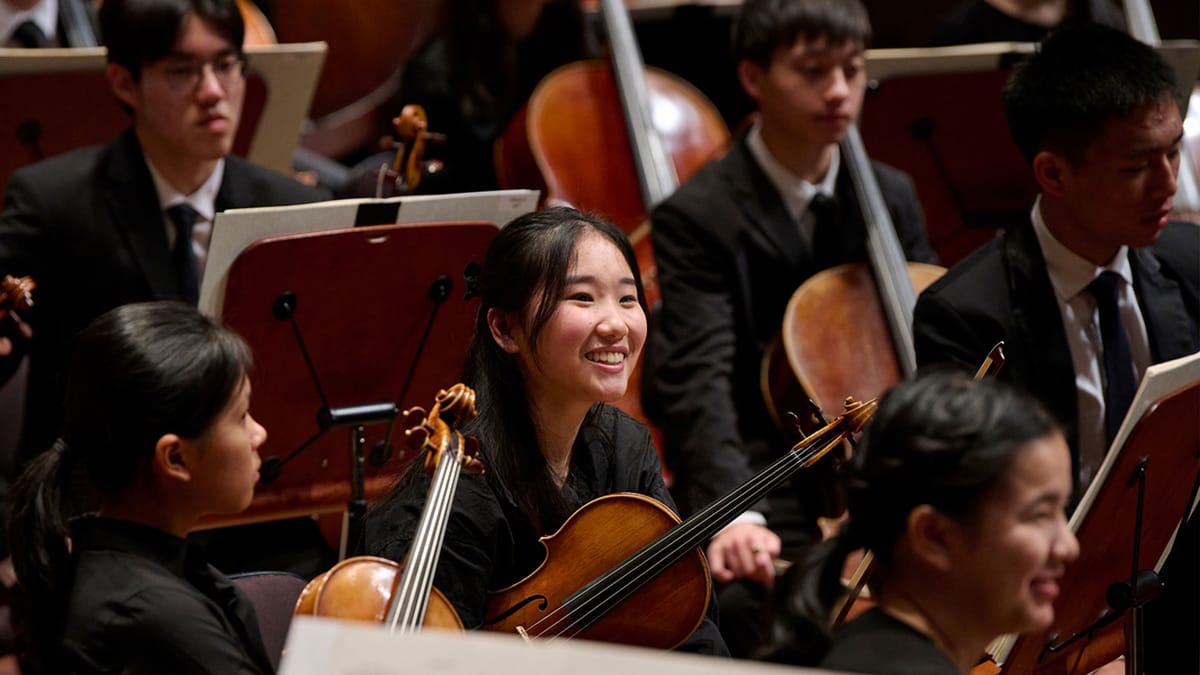
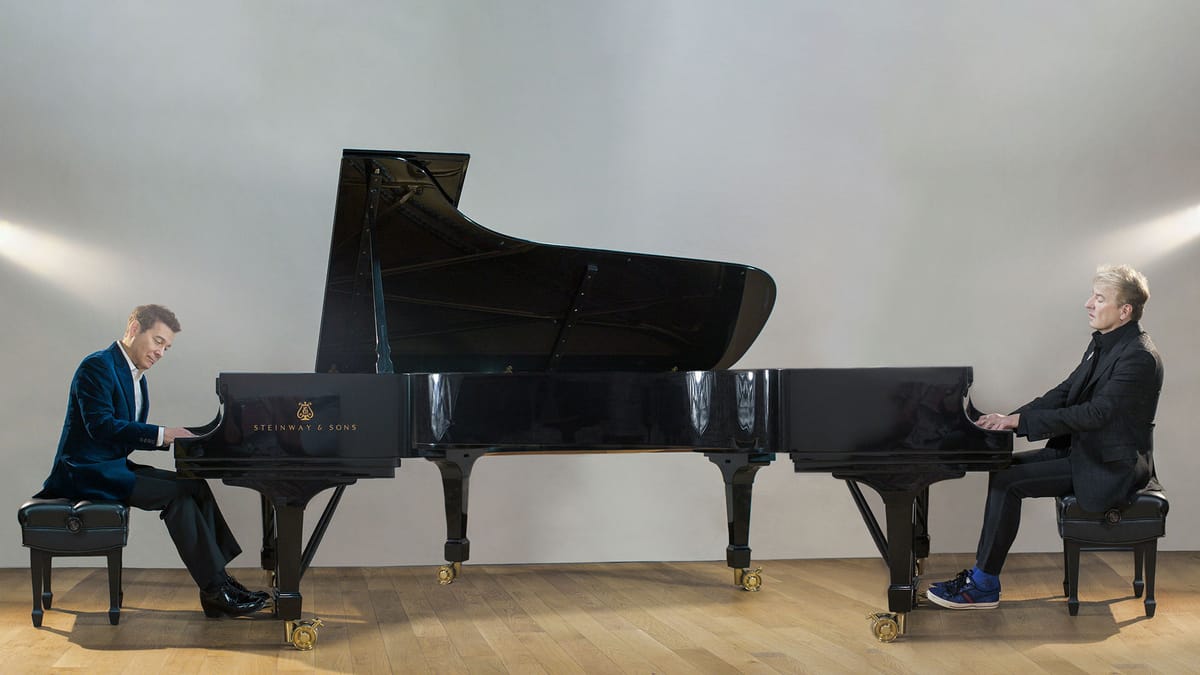
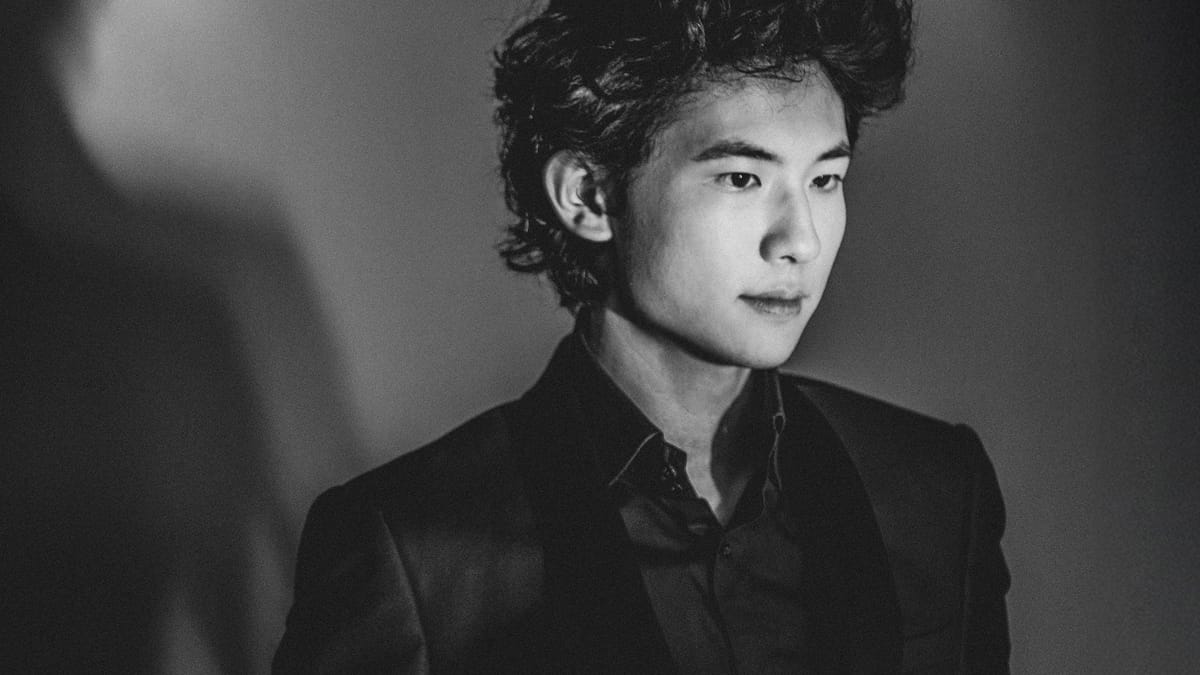
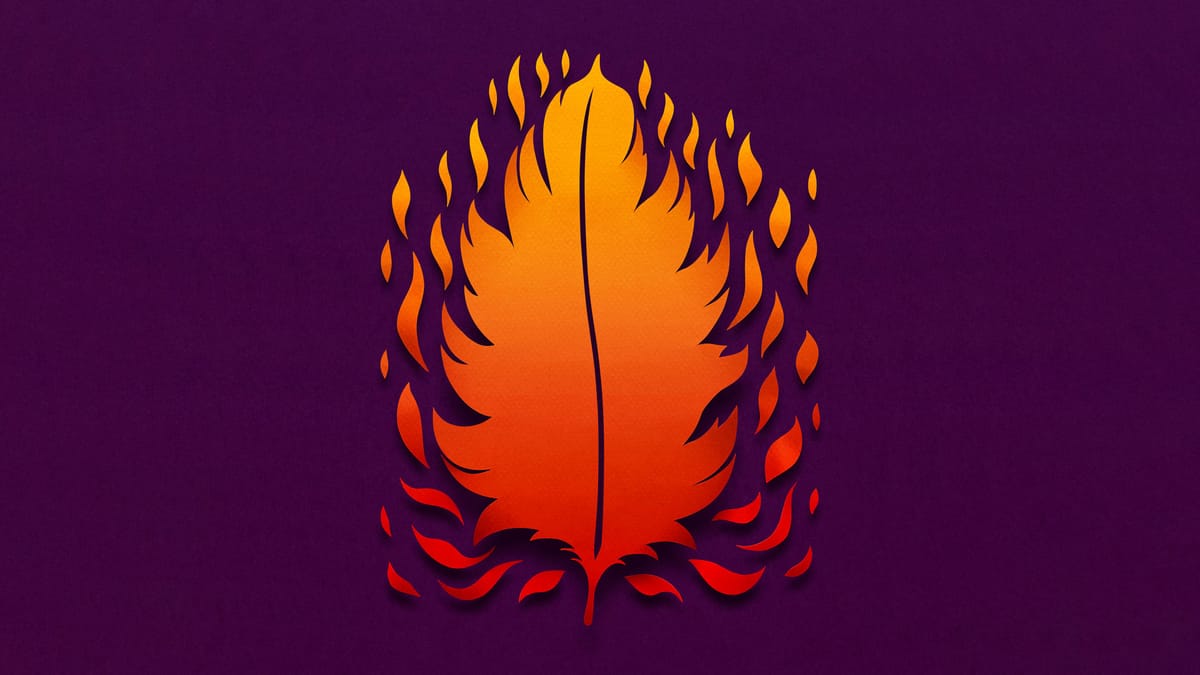
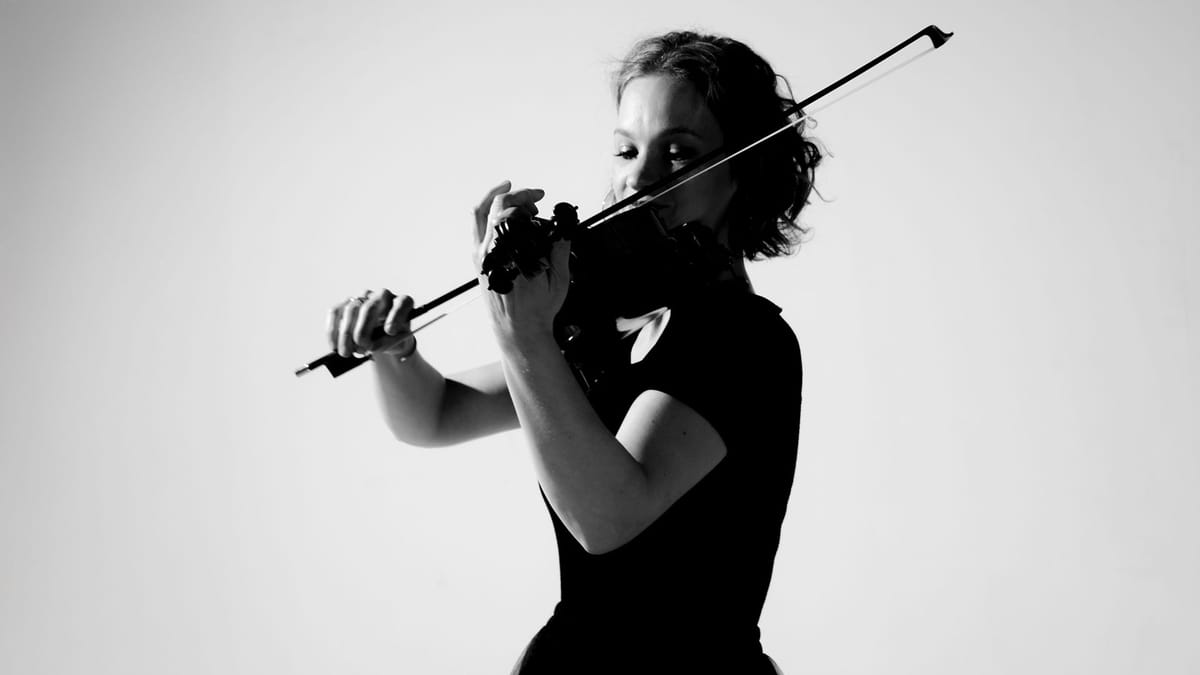
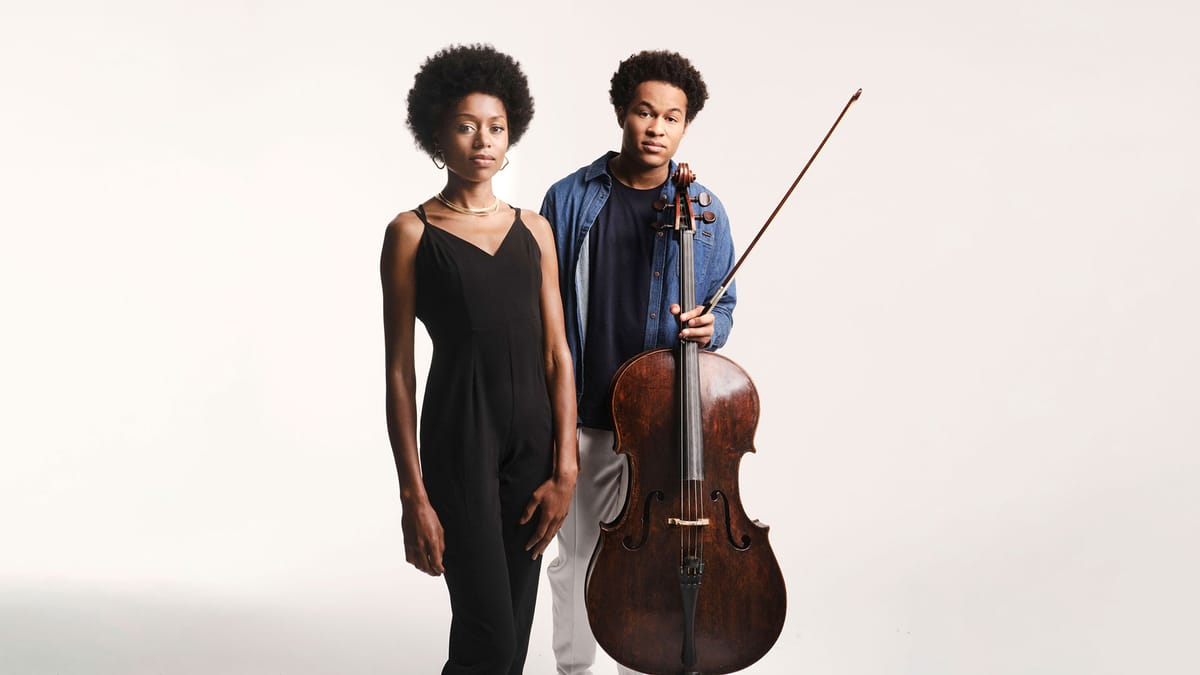
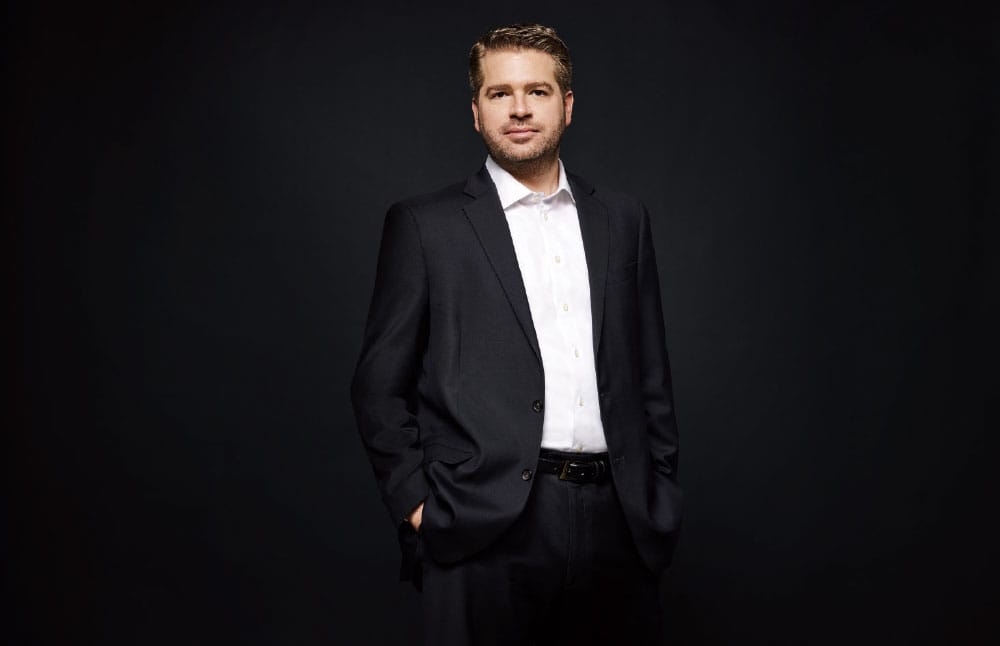
Welcome
Presenting new works is central to the San Francisco Symphony’s mission. Contemporary music not only reflects the world around us but also brings fresh energy to the art form.
Later this month, cellist Johannes Moser and conductor Dalia Stasevska join the Symphony for the world premiere of Anna Thorvaldsdottir’s Before we fall, a new cello concerto. In June, Esa-Pekka Salonen conducts Rewilding, a new work by Bay Area native Gabriella Smith. Smith’s music has been a vibrant presence on our stage, and we look forward to welcoming her back next season to curate a SoundBox program. Along with composer Xavier Muzik, she is also featured in an upcoming immersive exhibit in the Davies Symphony Hall lobby that offers a fascinating look into the artistic process of composers.
The coming weeks also bring our first performances of works by Kaija Saariaho and Magnus Lindberg, two composers whose music has featured prominently in our programming in recent seasons. The recording of our 2023 production of Saariaho’s Adriana Mater, conducted by Esa-Pekka Salonen, was recently honored with the 2025 Grammy Award for Best Opera Recording, continuing the Symphony’s rich legacy of acclaimed contemporary music recordings.
Looking ahead, we are thrilled to present several United States and world premieres next season, deepening relationships with composers while forging new ones. Our principal trombone, Timothy Higgins, takes center stage in two premieres: as soloist in the US premiere of Jimmy López’s trombone concerto Shift and as composer of his own orchestral work, Market Street, 1920s. We also welcome back Outi Tarkiainen, whose Milky Ways was memorably performed by SF Symphony English horn Russ de Luna in 2023, for the US premiere of The Rapids of Life. Additionally, the winner of the fourth Emerging Black Composers Project, Tyler Taylor, debuts a new work.
I hope you’ll join us for these and many other exciting performances still to come.
Matthew Spivey
Chief Executive Officer, San Francisco Symphony
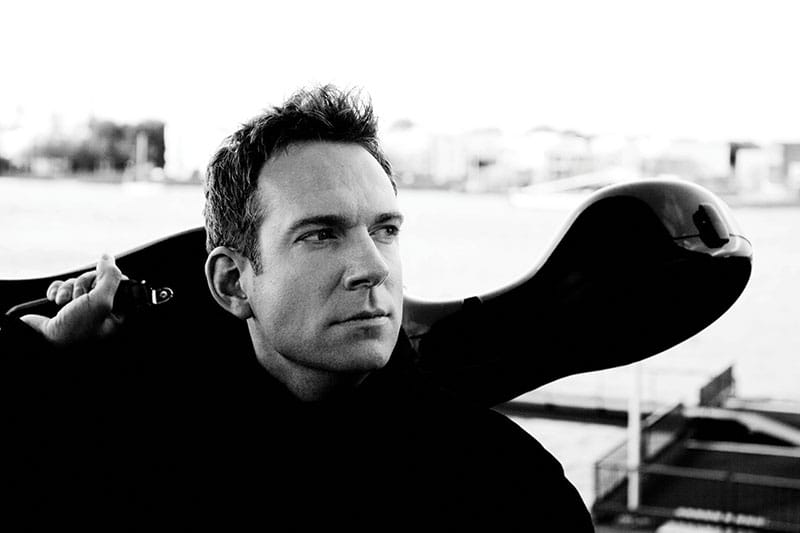
Johannes Moser’s Playbook
The German-Canadian cellist on creating new music and living life to the fullest • by Steve Holt
GIVEN THE JET-SETTING LIFE of the modern soloist, how does cellist Johannes Moser find time to contribute to the creation of new music?
“The possibilities with new technologies are amazing. I can play something live over Skype in Europe for someone writing in America, to see if it works; that’s incredible. While as a performer I like to offer my services as a ‘cellistical guinea pig,’ I don’t want to interfere too much with the composing process. There needs to be enough trust to really let each party do what they do best, then stay in close contact and conversation, and hopefully something meaningful is born.”
Citing such composers as Anna Thorvaldsdottir (whose cello concerto Before we fall he premieres with the San Francisco Sympony this month), Andrew Norman, Thomas Adès, Anders Hillborg, and Jonathan Leshnoff, Moser calls this “an incredibly exciting time for new music. The phase where people were writing music to alienate the public is almost over. There was a good reason why this happened. After World War II, with all its horrors, it was as if people didn’t want to write anything beautiful. But thanks to composers in Scandinavia, and North, South, and Central America, there are so many great influences coming into new music that make it exciting and enjoyable, and people want to hear new pieces again.”
Isn’t it hard to premiere a piece? After all, it’s new to the soloist, the conductor, and the orchestra, and rehearsal time is short.
“We’re all submarines with no radar! But if the conductor and the soloist are on the same page, it radiates confidence to the orchestra. So you play through the piece, then with a fantastic orchestra like the San Francisco Symphony, their intuition kicks in, and the musicians ask, ‘OK, where’s the drama, where do we breathe?’”
If time permits, he’s looking forward to enjoying the Bay Area’s many recreational opportunities. While he’s given up skiing (after a friend got run over by a snowboarder), he’s still an avid hiker and mountain biker. “If my life just consisted of trying to protect myself, that would make me even more vulnerable and more prone to accident. I’m always sad when young musicians tell me they’ve given up all sports to concentrate on music. I think, ‘Why? There are so many great things that can enrich us. . . don’t say no to life!’
“The hiking and mountain biking help me keep things in perspective. When you’re out in nature, you realize playing one wrong note in the Dvořák Cello Concerto is not the end of the world. The mountain will still be there.”
program book.
The Art of Composing: Anna Thorvaldsdottir
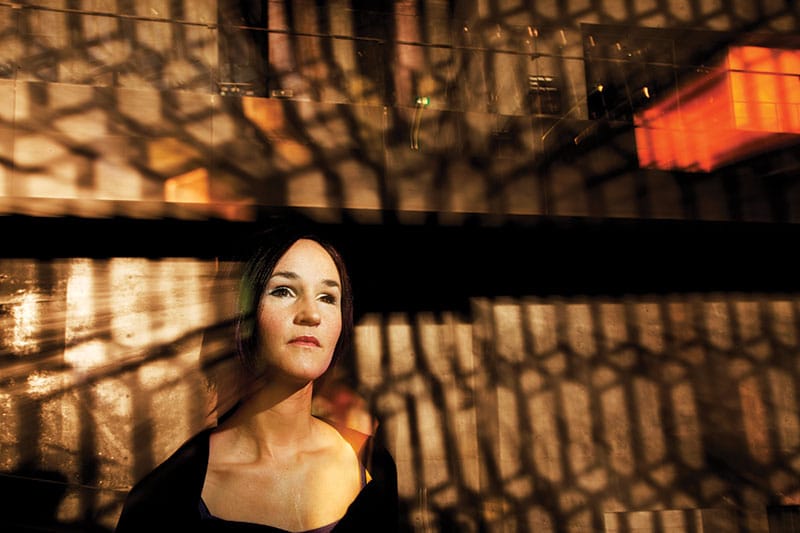
Composing is a deeply personal and mysterious craft—each composer discovers their own unique way of shaping sound. In the coming weeks, the San Francisco Symphony presents world premiere performances of new works by Gabriella Smith and Anna Thorvaldsdottir, two composers who transform inspiration through strikingly different yet equally profound processes.
Smith, along with Xavier Muzik, the 2023 winner of the Emerging Black Composers Project—whose Strange Beasts premiered in February—is the focus of an upcoming immersive exhibit in the First Tier Lobby of Davies Symphony Hall, offering a window into their creative inspirations.
Anna Thorvaldsdottir follows her own distinctive path to the heart of a piece. As she notes on her website, “During the earliest stages of the composition process I sketch out the musical ideas and the sounds that I hear for each piece before notating the music itself on staff paper. These drawings serve as a mnemonic device for me to remember the music as it begins to emerge and come into existence. I have mostly kept these drawings to myself (as they are a part of a musical process for me rather than anything else).” A few examples can be found online, presenting a rare glimpse into her creative process. San Francisco Symphony audiences can experience Thorvaldsdottir’s evocative sound world firsthand with the premiere of her cello concerto, Before we fall, featuring Johannes Moser, conductor Dalia Stasevska, and the San Francisco Symphony, May 15–17.
The San Francisco Symphony premiere of Anna Thorvaldsdottir’s Before we fall for Johannes Moser is made possible by a generous gift from Elizabeth and Justus Schlichting.
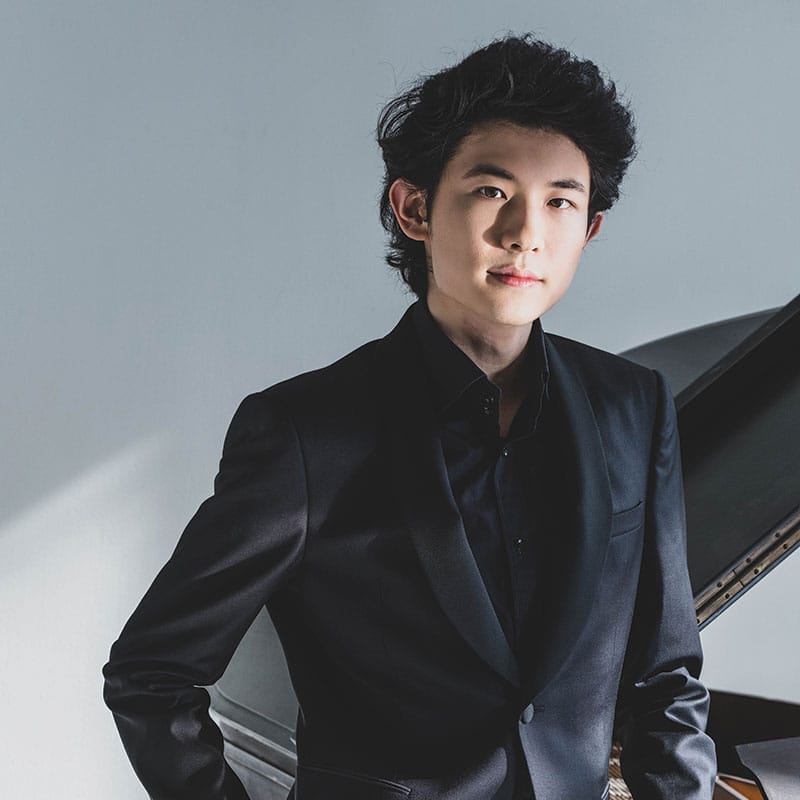
Four Questions for… Pianist Tony Siqi Yun
Canadian-born pianist Tony Siqi Yun was gold medalist at the First China International Music Competition in 2019 and was awarded the Rheingau Music Festival’s 2023 Lotto-Förderpreis. He is a recipient of the Jerome L. Greene Fellowship at the Juilliard School where he studied with Yoheved Kaplinsky and Matti Raekallio.
Tell us a little about what you’re playing in your Spotlight Series recital.
I will begin the program with a Brahms original solo work that is not exactly played often. It is Brahms’s own transcription of the second movement of his Sextet No. 1, Opus 18. It begins with a deeply expressive theme rich in warmth and lyricism, and the work expands with long singing lines that carry a sense of nostalgia and hints of a love song. This tranquility is then shattered by Beethoven’s Appassionata Sonata, famous for its daring and powerful writing for the piano, erupting in a whirlwind of fury and defiance. And then, some Italian music: Berceuse from Elegies by Ferruccio Busoni, a work that is equally haunting and introspective. Written in memory of his mother, the work creates a dreamlike, almost otherworldly atmosphere—an intimate farewell that lingers in the air. Finally, Schumann’s Symphonic Etudes. The word symphonic in the title gives away the sheer power and grandeur of the work—it is more than just a set of etudes; it unfolds like a full orchestral drama for the piano. From the darkness of the theme to the struggles of the variations that push the music into a submission to fate and defeat, to the newfound spark of hope that ends the work with a splendidly triumphant conclusion, the Symphonic Etudes are a testament to the triumph of the human spirit. They will bring the program to a resounding and exhilarating close.
What’s your routine like on concert days?
It depends. I try not to get too worked up during the day so I save enough energy for all my inspiration to come to me in the evening. Usually, I would practice around 4-5 hours on my concert days and I make sure to take a little nap before the concert.
What inspired you to pursue a career in classical music?
I think it’s the desire to share and to inspire. We come to know ourselves more deeply when our emotions are fully explored. That kind of connection doesn’t come easily—and I believe music is one of the most powerful ways to reach it. Of course, I didn’t think this way when I first sat at the piano at four years old. But in my teens, I began to feel the magic of music—its ability to connect us to something greater, to each other, and to ourselves. That feeling is still what drives me to keep sharing music today.
What are some of your interests outside of music and how do they influence your creativity and artistic expression?
Every part of life feeds my creativity. I love exploring the beautiful cities and towns my concerts take me to, spending time with family and friends, and whenever I can, driving scenic roads alone and simply living in the present and taking it all in.
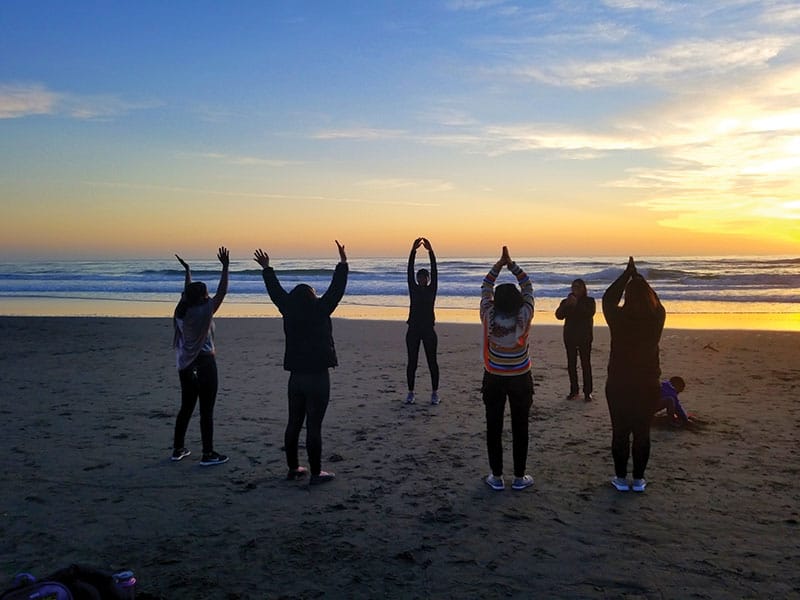
Community Connections
San Francisco Asian Women’s Shelter
Since 1988, San Francisco Asian Women’s Shelter (SF AWS) has been a vital lifeline for survivors of domestic violence and human trafficking, with a special focus on immigrant, refugee, and marginalized communities. SF AWS provides culturally responsive, language-accessible services, including crisis intervention, emergency shelter, transitional housing, and advocacy.
Guided by an intersectional and anti-oppression framework, SF AWS works to eliminate domestic violence and promote social, economic, and political self-determination for all survivors. With a deep commitment to safety, healing, and justice, SF AWS not only supports individuals but also leads community engagement, violence prevention, and policy advocacy efforts to create lasting change.
Survivors inspire the work of SF AWS every day with their courage and resilience. Together, they build a future where every person has the right to live free from violence.
Learn more and support the mission of SF AWS at www.sfaws.org.
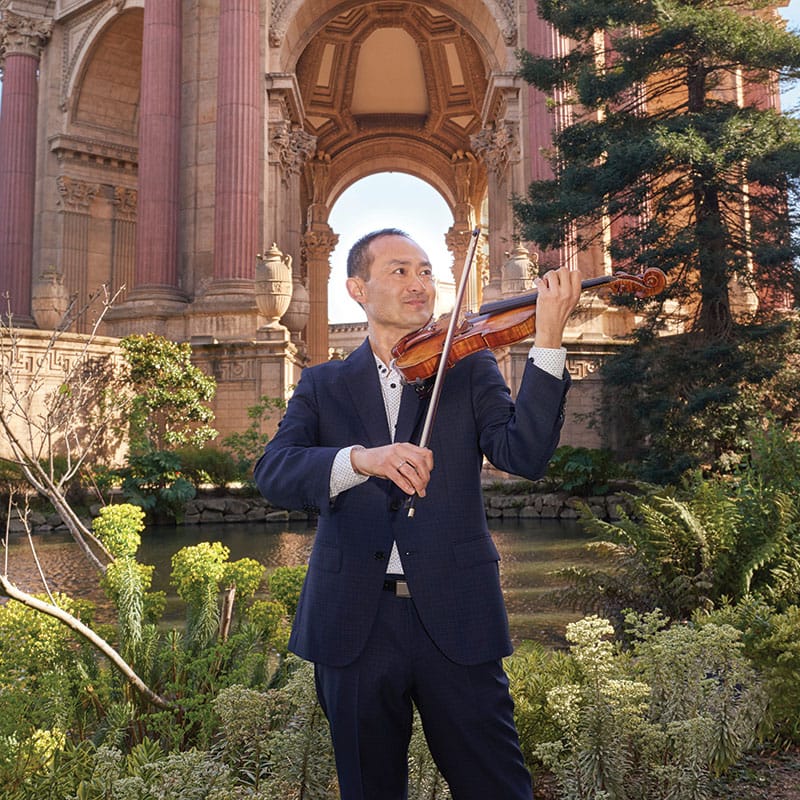
Meet the Musicians
Chen Zhao • Violin
Chen Zhao joined the San Francisco Symphony in 2000. He coaches for the SF Symphony Youth Orchestra and is a violin professor at the San Francisco Conservatory of Music.
How did you begin playing the violin?
I grew up in Shanghai and there were seven of us living in a one-bedroom house. My uncle is a self-taught violinist, and he used to practice in the bathroom while I would sit outside imitating him with a pencil box and chopstick in my right hand. He thought I had talent and convinced my parents to buy me a violin for my fourth birthday. He taught me for about a year, and then I went on to study at the Shanghai Conservatory.
What were the next steps in your violin career?
I moved to Santa Monica at 12 to study at the Crossroads School for Arts and Sciences. Then I attended the Curtis Institute of Music in Philadelphia, where I studied with Felix Galimir, and moved to San Francisco in 1996 to study with Camilla Wicks at SFCM.
Do you remember your first concert with the Symphony?
This was my first job following school and a year with the New World Symphony. My very first rehearsal was Stravinsky’s Rite of Spring the week before a European tour with MTT, and I’d never played it before. So of course I practiced with recordings and did everything I could to learn it. But then in rehearsal, MTT just said, “we all know this piece, I’ll see you on tour,” and we barely touched it. My first concert was the BBC Proms, televised at Royal Albert Hall! I circled so many rests just to make sure I didn’t come in wrong. But now when I play Rite of Spring, it’s muscle memory.
What is your concert day routine?
On days I don’t teach, I warm up at home and then a bit more on stage. It doesn’t have to be the exact repertoire I’m playing, I’m just getting my hands ready. When I’m teaching earlier in the day at SFCM, I do a lot of demonstrating for students, so I’m all warmed up by the time I get to the hall.
What type of violin and bow do you play?
My violin is a Jean Baptiste Vuillaume, made in 1829. It previously belonged to my colleague, Assistant Concertmaster Jeremy Constant, who had two Vuillaumes at the time. In 2004 he was kind enough to lend me one since he wasn’t using it, and it’s good for violins to be played. After about six months I fell in love, and he agreed to sell it to me. Bows make up the other 50 percent of the sound—I have many bows, and each one is different. For most orchestra concerts I use a German bow by H.R. Pfretzschner that’s beautiful and very rare. I also have some French bows I like to use in Mozart, Schumann, Schubert, and Haydn, because they’re lighter and easier in your hands.
What do you like to do outside music?
I really enjoy nature—especially gardening and going on scenic walks in Marin and along the coast.
Print Edition
